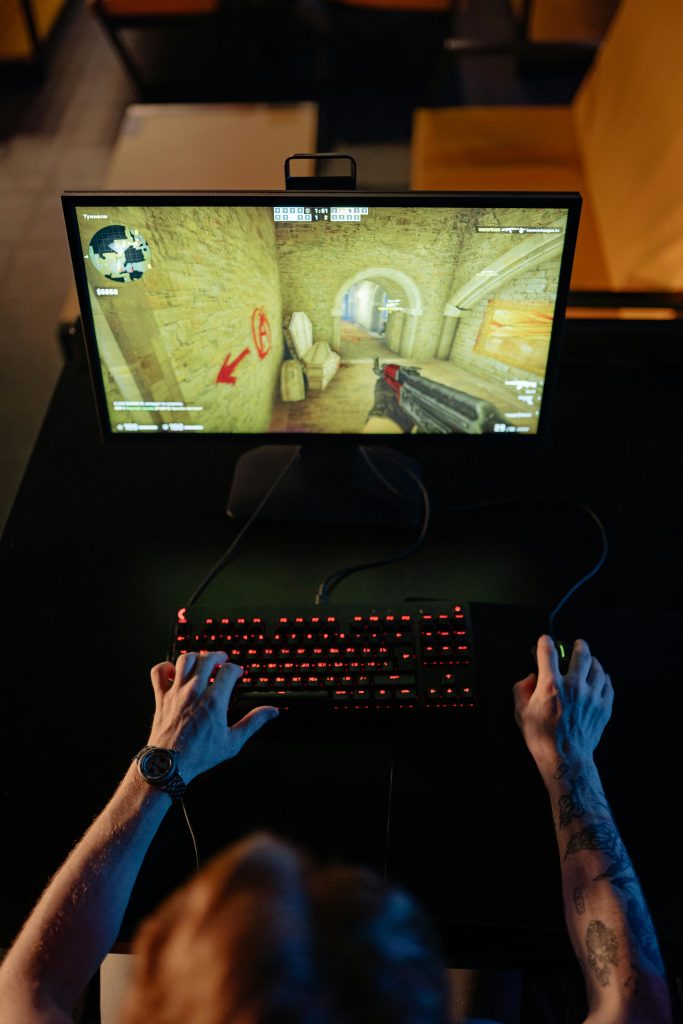Troubleshooting Persistent “Ghost” Dropbox Drive in Windows Explorer
Many Windows users encounter frustrating issues with phantom drives lingering in File Explorer, especially when it comes to cloud storage applications like Dropbox. If you’ve attempted to remove the Dropbox-related drive and it continues to appear despite deleting registry entries and services, you might be dealing with a residual mount point or phantom drive that refuses to disappear. Here’s a comprehensive guide to help you resolve this problem efficiently.
Understanding the Issue
When Dropbox or similar services are set to sync particular folders, they sometimes mount virtual drives or network locations mapped within Windows. Occasionally, these mounts persist even after uninstalling Dropbox or disconnecting accounts, presenting as “ghost” drives that are non-functional but still visible in File Explorer.
In the scenario described, clicking on the drive results in a generic error message: “Make sure device or drive is connected or the disc is inserted.” This indicates that Windows recognizes the mount point, but the underlying device or resource is no longer available.
Step-by-Step Solution Guide
1. Verify and Remove via Disk Management
-
Open Disk Management:
Right-click on the Start button and select Disk Management, or pressWindows + Xand choose Disk Management. -
Identify the Ghost Drive:
Look for unrecognized or unallocated drives that may correspond to the phantom Dropbox drive. -
Remove the Mount Point:
If the drive has a drive letter assigned, right-click and choose Change Drive Letter and Paths…, then select Remove.
2. Use Diskpart to Clean Up Mount Points
If Disk Management doesn’t resolve the issue, utilize the command-line disk partitioning utility:
-
Open Command Prompt as Administrator:
Search for cmd, right-click, and select Run as administrator. -
Launch Diskpart:
Typediskpartand press Enter. -
List Volumes:
Typelist volumeand identify the volume associated with the ghost drive. -
Select and Remove Drive Letter:
For the relevant volume, typeselect volume X(replace X with the volume number), thenremove letter=Y(replace Y with the drive letter, if assigned). -
Close Diskpart:
Typeexitto leave diskpart.
3. Check Mounted Network Drives or MTP Devices
Sometimes, the drive may be a network or
Share this content:



